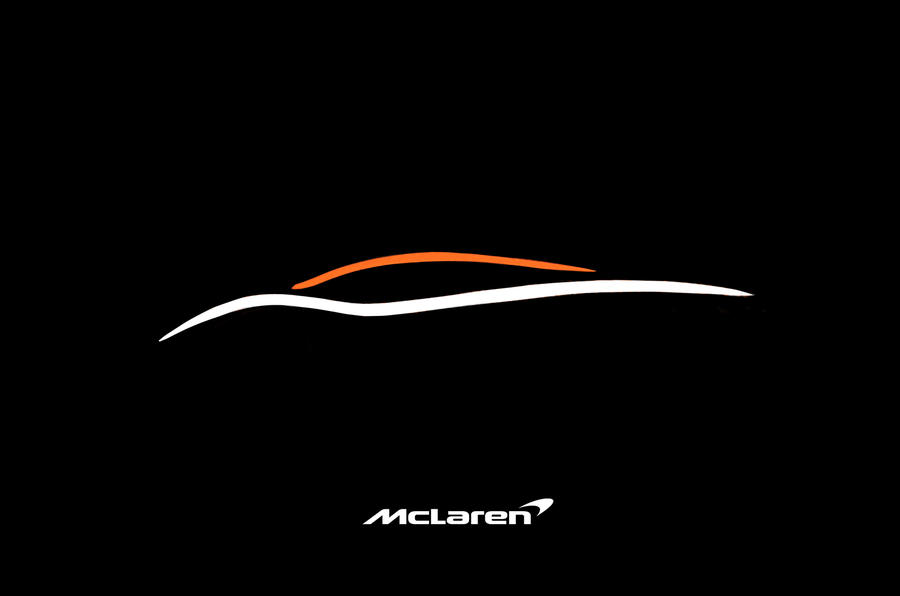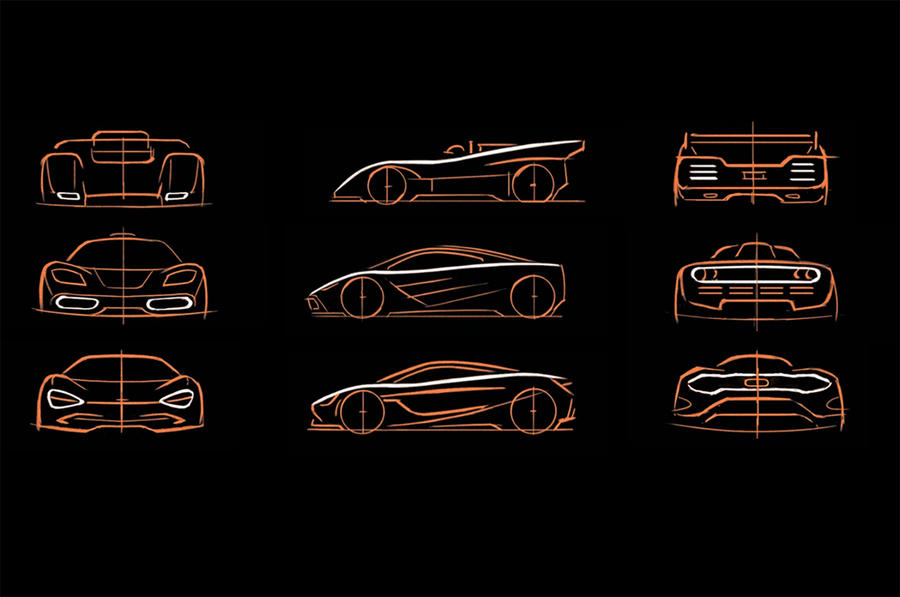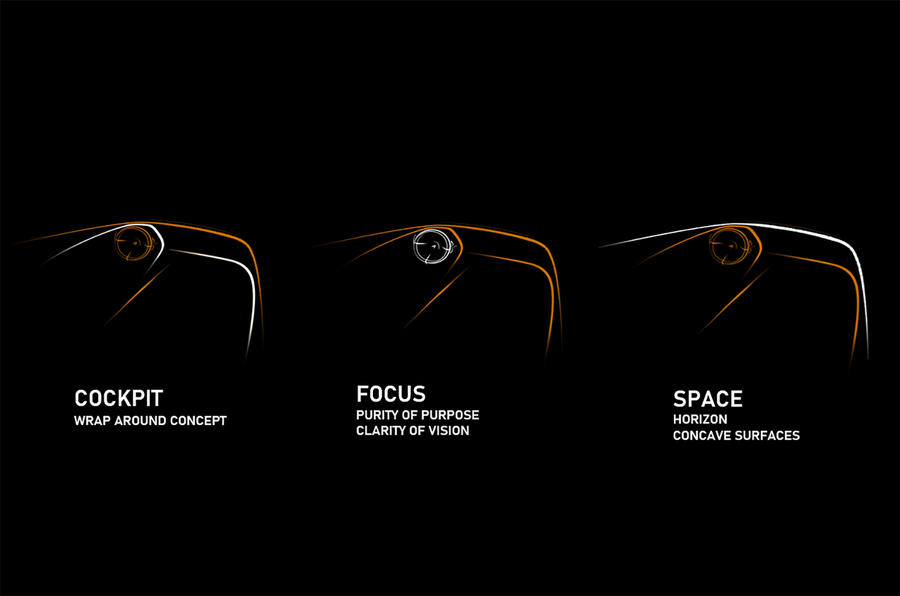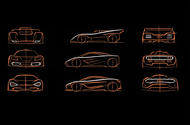McLaren exterior design signature
New design signature draws inspiration from heritage and gives more freedom for future range expansion
McLaren Automotive has previewed a new design language that will be used on all future vehicles – and it has been conceived to enable the brand to expand into new segments.
The new design trends will be represented by three exterior design signatures and a wraparound interior. They take inspiration from McLaren’s previous road cars and motorsport heritage and will be the basis for all of the Woking firm’s future products.
The language is designed to allow for more differentiation between the styling of McLaren models than previously. That is likely to be crucial in the future as the firm looks to expand its range with both an SUV and electric models.
Former Bentley, Volkswagen and Aston Martin designer Tobias Sühlmann has recently returned to McLaren as its new chief design officer and led the development of the new design DNA.
“There’s a lot of potential in this brand and we’ve built up a strong design in the last 10 years starting with the 12C and P1,” said Sühlmann, who in a previous spell at McLaren led design of the Solus GT. “It means that we build recognisable cars: everybody can look at a McLaren and know it’s a McLaren.
“In the future, to take the next step, we need to change and move the brand forward. There will be a bigger portfolio and we need to look into different powertrain technologies. Are there more than two seats? Quite possibly, and that is something we need to look into. We need a form language that separates each model from each other.”
There is no indication on when the first McLaren to feature the new design language might be revealed and Sühlmann wouldn’t be drawn on future products or a timeline for them. But he said the design DNA “will build McLaren into a brand that delivers 60 years of motorsport heritage in incredible lightweight supercars and beyond. A new era, with new vehicles, more product differentiation, and with ‘Performance by Design’ at the heart of it.”
Labelled ‘Performance by Design’, the new design language will be built around five principles – epic, athletic, functional, focused and intelligent – and will be represented in three key external design signatures.

At the front, all McLaren models will feature two symmetrical elements and a low nose. Sühlmann cites the McLaren MP4/4 Formula 1 car and the F1 road car as key examples – while the 750S features the same design based on the headlights.
The side view will be defined by a ‘performance line’ that is forward-leaning, with a dip at the mirrors to allow for maximum visibility. Future models are all intended to feature a short front and long rear overhang.

The rear end will be based around an ‘open’ back end – a trait inspired by the F1 – that allows for greater heat dissipation and adds a racing-style presence. Horizontal design elements will be used to create a greater feeling of width.
There are also new design signatures for the interior: all models will feature a driver-focused wraparound cockpit, but with an emphasis on making the cabin feel spacious through concave surfaces. Meanwhile, McLaren will continue to limit the number of buttons and controls featured on the steering wheel, instead locating controls close to the wheel on the dashboard.

Sühlmann also said McLaren will adopt a minimalist design. “You need a clear vision and message,” he said. “We want to push the boundaries of performance. We have a huge fan base and super-loyal customers and they love the brand because everything about our cars is authentic and real.
“There’s no fake. Everything you see and feel on our cars is real. So if there’s an opening, there has to be a reason for that opening. If there is no opening, then there was no need for that. We want to make it simpler and more powerful.”
Source: Autocar
